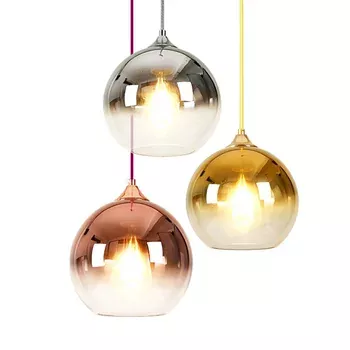Solar street lamps come with an enhanced light source that is powered by solar cells.
These panels are often mounted on the framework of the lighting, or integrated to the pole.

The solar panels charge a battery that powers an LED or fluorescent light at night.
Here are some examples.
Most solar lamps rely on the voltage of the solar panel to sense and turn on or off outside lighting.
Solar street lights work throughout the night.
Solar streetlights are able to be used more than one night in the event that the sun is not visible for a long duration.
The lamps of older models weren’t fluorescent or LED. Solar lamps in areas with high winds are typically equipped with flat-panel solar panels. They will be able to cope better with the wind.
Modern designs are based on wireless technology to manage batteries.
This technology permits street lighting to function as a network, where each light can be turned on or off the entire system.
Components
Solar street lighting is made up of four main components:
Solar panel
Solar panels are an essential component of solar street lamps,since they transform solar energy into electricity that can be used to power lamps. Solar street lamps are usually made with either monocrystalline or polycrystalline panels. Monocrystalline panels have a better conversion rate than polycrystalline panels. The wattage of solar panels could be different.
Lighting fixture
Modern solar streetlights use LEDs for their primary source of illumination, since they have a significantly higher illumination, while consuming less energy consumption. The energy use of the LED fixtures is 50 percent lower than the HPS equivalent that is used primarily for street lighting.
LEDs don’t need an initial warm-up time, which makes them suitable for use in conjunction with motion sensors. This could result in further energy savings.
Rechargeable battery
Batteries store energy produced by solar panels during the day, and also supply power to fixtures at the night. The battery’s lifespan is vital to the lifetime of the light,and its capacity will determine the number of backup days.
Gel deep cycle cells as well as lead acid batteries are both typically used to power solar street lighting. Small lithium-ion batteries are also in been in high demand due to their popularity.
Pole
Solar street lights require strong poles since they are made up of numerous components like fixtures, batteries and panels that sit above. In the most recent designs the solar panels and electronics are integrated inside the pole. The other factor is wind resistance.
There are accessories available for poles like a battery box and a foundation cage.
Kinds of Solar street light at the bus stand
Every streetlight can come with itsown Photovoltaic Panel. This is distinct from other street light sources. Alternately a group of panels could be erected on a separate site as a power source central that powers a number of streetlights.
The compact solar street light has gained popularity due to their small size. The compact design houses the battery, in addition to all the important components.
Las Vegas, Nevada is the first city in the world to test EnGoPlanet Solar Street Lights. They’re coupled with an kinetic tile that generates electricity when pedestrians walk across it.

